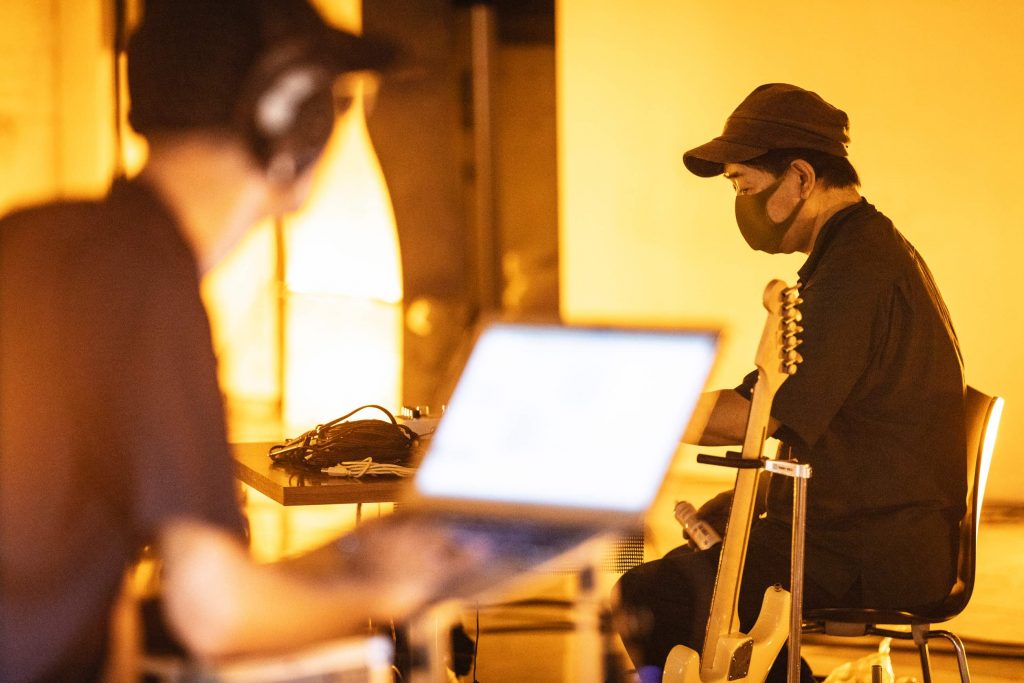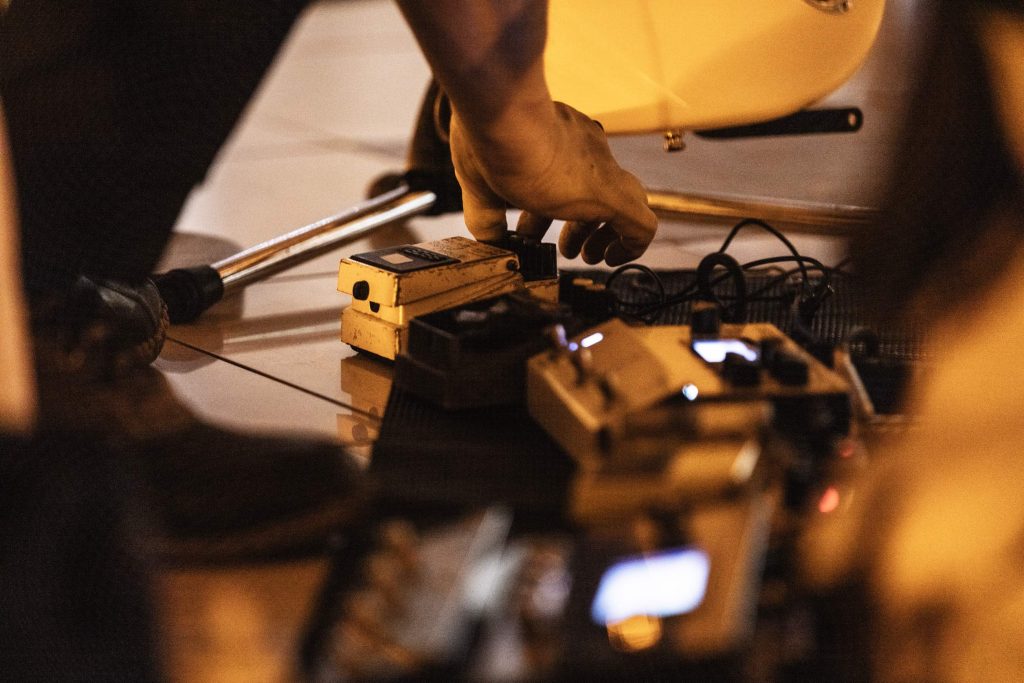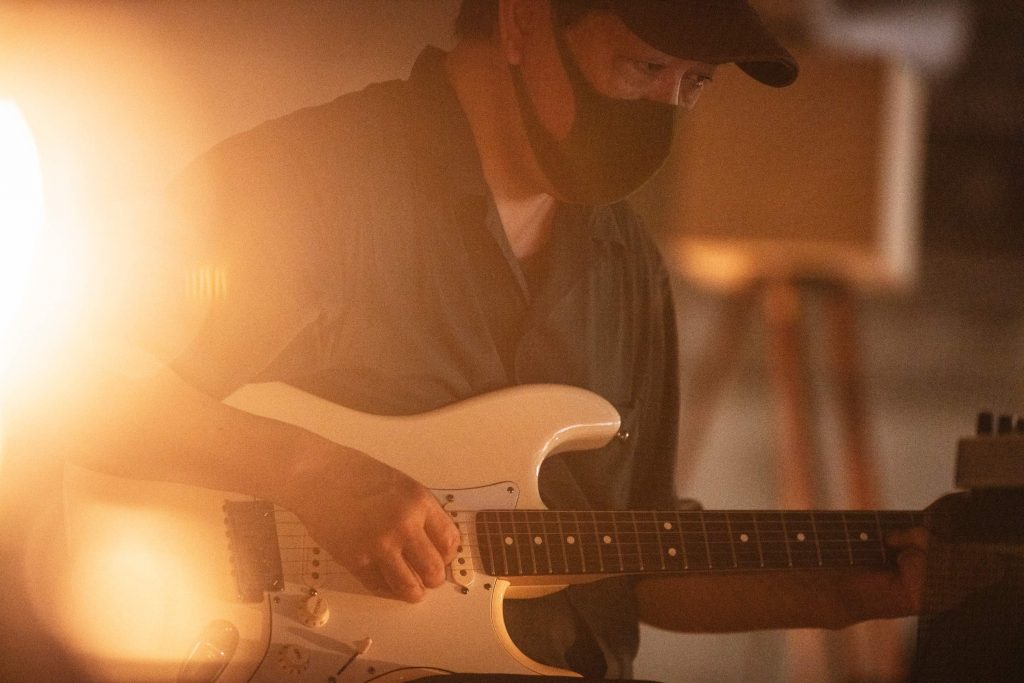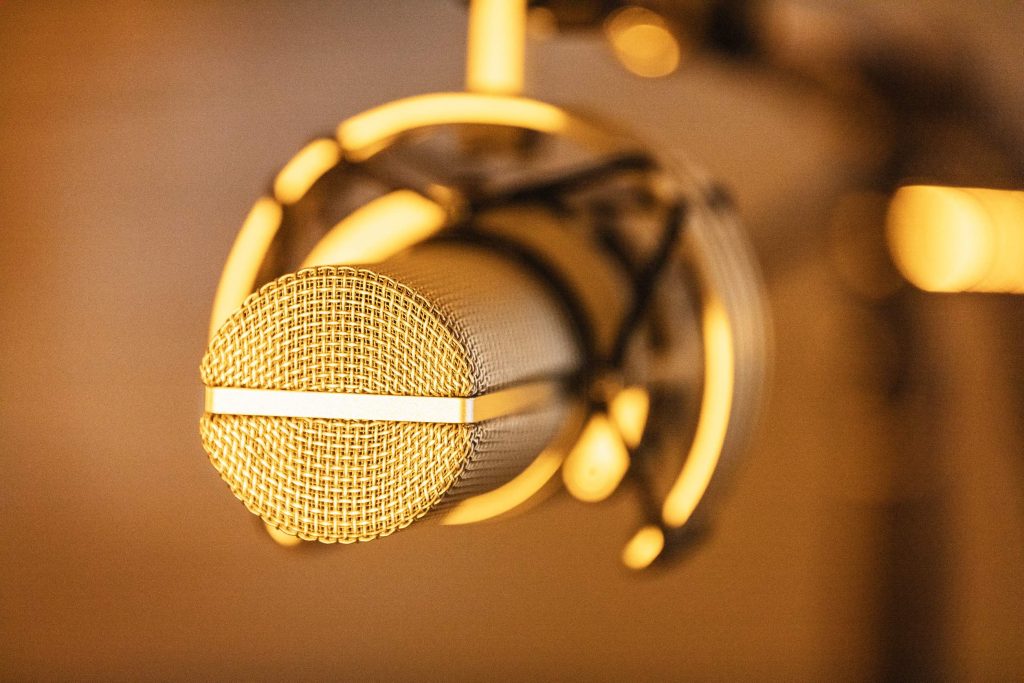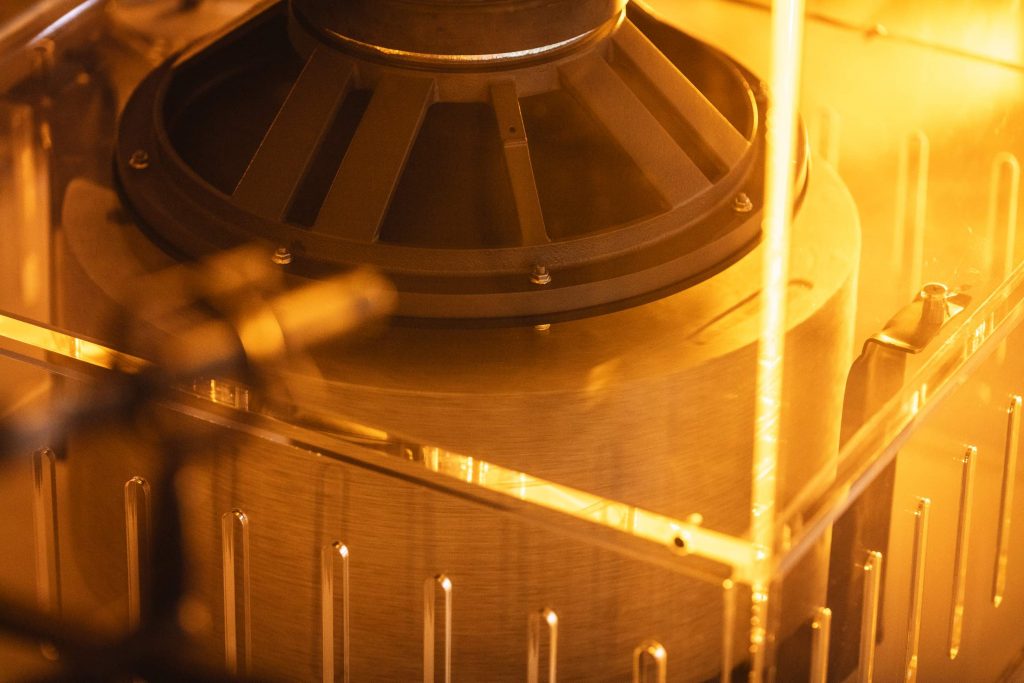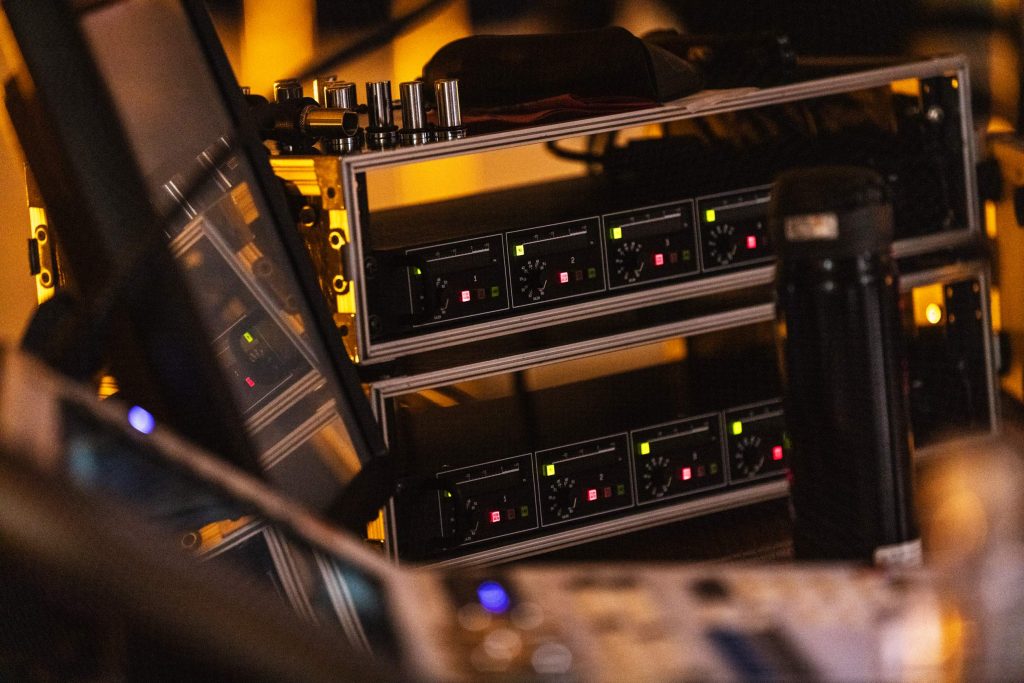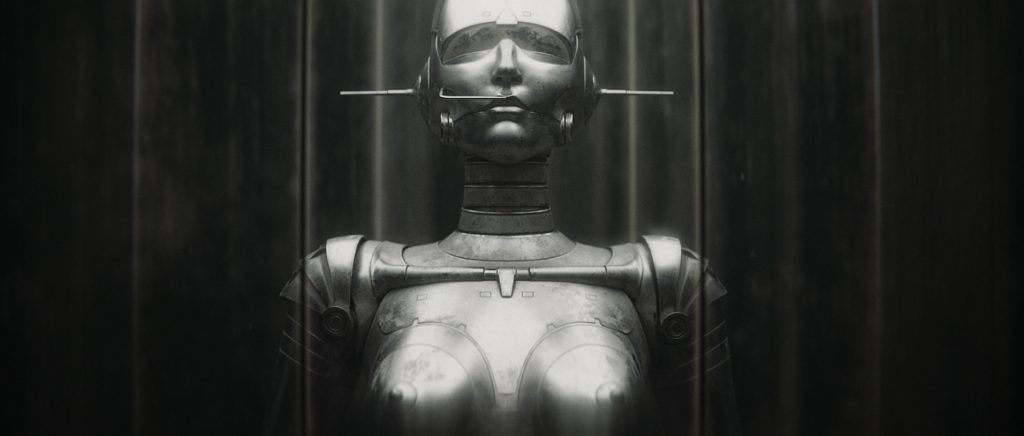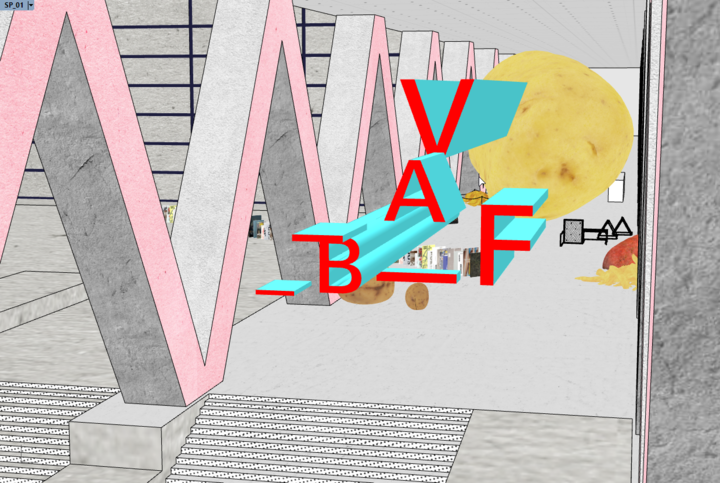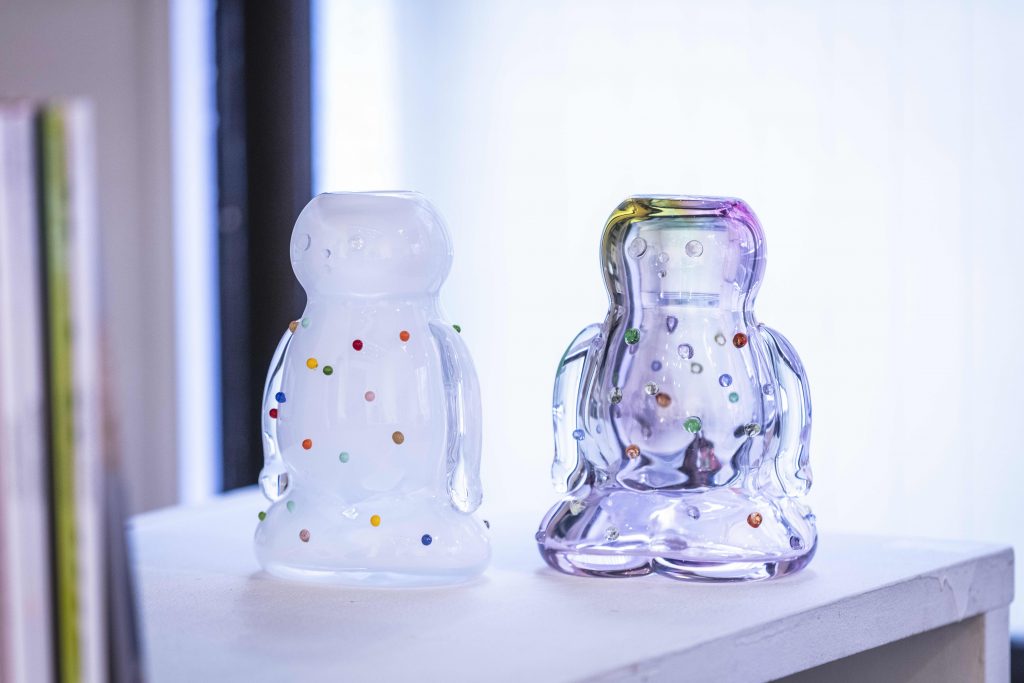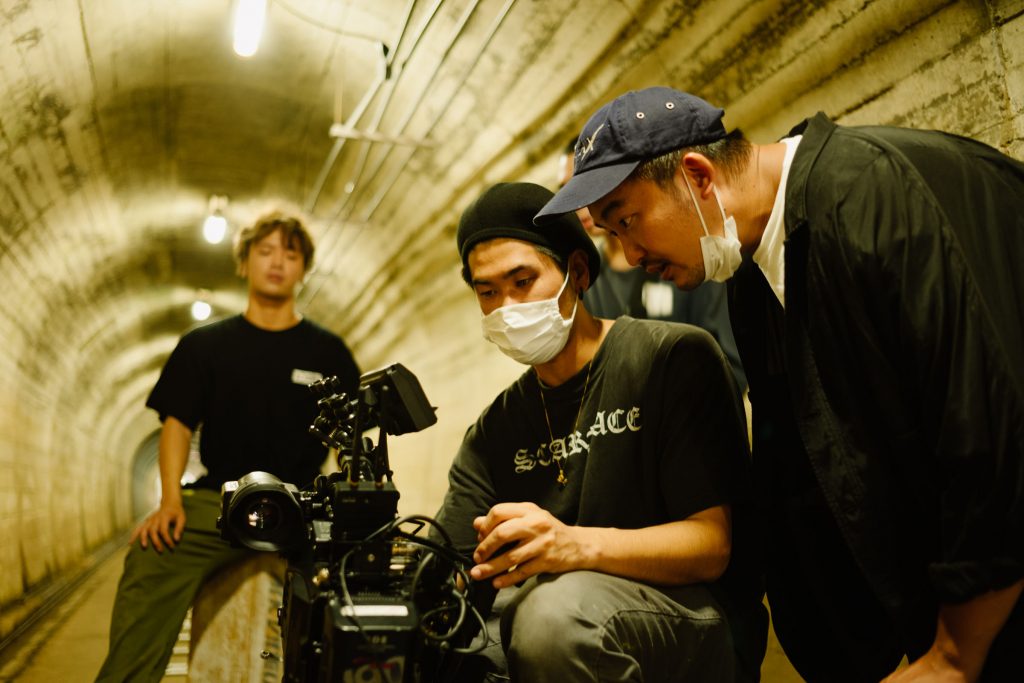For a month, from July 20 to August 26, Ginza Sony Park was transformed into a studio for contemporary artist Yuko Mohri. The exhibition entitled “SP. by yuko mohri” takes the form of an installation, but there is no finished product, only a continuing ‘process’ lying in the bare production space. About her intentions Mohri said, “I’m aiming for an “expression” that is still uncategorizable as either music or art.” (SP is an acronym for a number of creative ideas that stemmed from the sudden change in lifestyle that Covid-19 introduced)
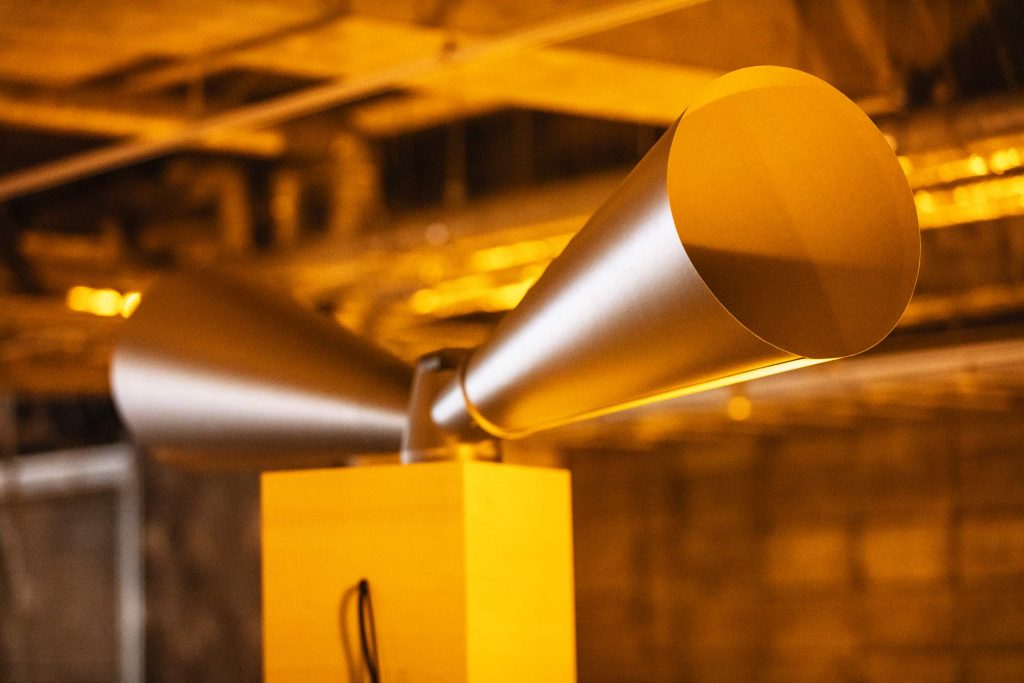
Where did the idea to use the park as a studio come from?
I’ve done one-off collaborations with musicians in the past, but I was always so focused on the exhibition that I was never able to prepare a satisfactory record of the collaboration, such as a live performance, and often felt that I didn’t get anything out of the session. I felt a dull feeling of “I wish I could do more preparation for the collaboration.”
That’s when I got the idea to make a temporary version of a music studio. Normally, you can’t put an installation in a music studio. But if we turned this space into a studio, we could record and visualize the phenomena of the work. Or better yet, I thought, I could develop it and release it as a new work five or ten years later.
At first glance, the act of documenting your work seems to me to be the opposite of the transient installations that you tend to do.
I like music and film, so making a ‘record’ is something I’d really like to do someday. I’m sure I’ll continue to take a transient approach until I die, but under the circumstances of Covid-19, I’m sure I’ll have fewer and fewer opportunities to visit and create, so I’d like to actively create video and musical works from now on to increase my motivation.
I’m planning to invite Seiichi Yamamoto, Akio Suzuki, and Yoshihide Otomo to this space during the exhibition, and I’m sure I’ll be able to create some works in the process. In an exhibition, we only show off the finished work, but the interesting thing about this “studio” is that it’s not like that. It’s a place to debate doing this or that, and to ponder what could be done.
Was any consideration given to the fact that the exhibition space is connected to the Ginza subway station and what that might mean?
I was very conscious of it. This might be a bit off topic, but unlike conventional exhibitions that have a purpose, the interesting thing about this project is that Sony Park is providing artists with a space with no particular intentions.
When I presented this project to Mr. Nagano of Sony Park, he used the metaphor of a construction site: “We don’t know what will be built, and we don’t know if it will be useful. But seeing a construction site where something is being built will be very encouraging under the current conditions with Covid-19. I don’t know if it will be useful right away, but it will broaden our horizons and broaden our thinking, and act as a lubricant—that’s the role that artists play in society. If your work becomes something that a passerby can remember and say ‘Oh, by the way, I did something like this last week,’ then I think it will have done its job.”
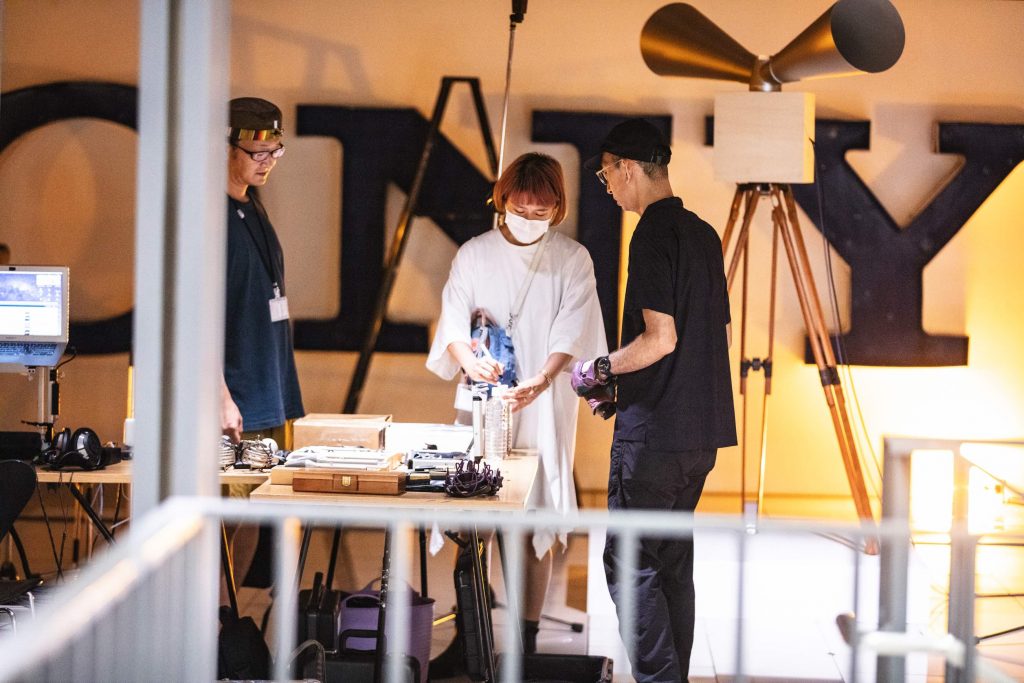
It’s interesting to note that the Grand Palais in Paris is doing the same thing. The Grand Palais rented out the space as a studio to artists after fashion week and a large art fair were cancelled. The participating artists would use the space to make things like sculptures and theater pieces in the space, and it was kind of like they were keeping the venue greased. And the activity itself is an inspiration for the future. They’re not concrete proposals, but I think that by flooding the space with ideas, you can see the potential of the space and hints of the future to come.
For me, this project represents exactly that kind of awareness of potential. In the same way, I think it would be a “success” for the time being if it leaves even a small impression on those who have seen it. It would be great if there were more opportunities for various artists to express themselves by finding “gaps” in places and environments.
The interesting thing about this exhibition is that there is still room for it to change and be interpreted. I feel that you don’t package your work as a completed “work of art”.
In the past, when a work of art has an unexpected interesting result we try to see where we can go with it and this exhibition is an extension of that.
For example, the tuning of the piano installed in this exhibition is a bit special. Normally, the tuning of the A is set to 440 Hz, but zAk, the sound designer, advised me to lower it to 420 so that the piano’s sound would be more mellow, and that’s how it was set. In fact, the impression the sound gives is quite different. It may have been troublesome for the tuner because it required a different adjustment than usual, but we had the time. I try to be as flexible and experimental as possible, and if I get an idea, I try it anyway.
Do you feel that art plays a relatively large role in times like these?
I agree. Maybe one aspect of Covid-19 is that it arose because the natural balance of the Earth was thrown out of balance by human desire. I feel like we are being told, “Don’t think you can do everything you want.” I feel like in these situations, you have to keep thinking and coming up with ideas or you’re screwed. It’s precisely because we have artists playing the role of a lubricant, that we can find different perspectives.
